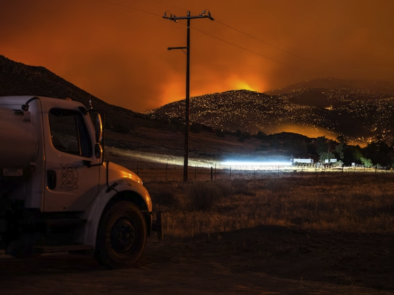Science Source
Effect of Reduced Summer Cloud Shading on Evaporative Demand and Wildfire in Coastal Southern California
- States that in much of coastal southern California, the frequency of summer clouds has declined rapidly in recent decades due to warming from urbanization and greenhouse gases
- Finds that since the early 1970s, cloud observations from airfields in coastal southern California (CSCA) indicate reductions of ~25–50% in warm‐season frequency of daytime stratus clouds at many sites, including fire‐prone wildland‐urban interface (WUI) zones
- Estimates that reduced warm‐season cloud shading since the 1970s significantly enhanced daytime solar radiation and evaporative demand throughout much of CSCA, particularly in greater Los Angeles
- In other words, cloud reductions have significantly reduced cloud shading and increased evaporative demand, particularly in greater Los Angeles and northern San Diego, such that a relatively cloudy summer today is similar to a relatively clear summer in the 1970s
- Correlation with burned area and live fuel moisture implicates stratus cloud shading as an important driver of warm‐season wildfire activity in CSCA
Related Content
Headline

Nov 17, 2023 | Climate Nexus Hot News
Utility Responsible For Wildfire, CA Report Says
Headline

Oct 26, 2023 | Climate Nexus Hot News
The Planet is ‘Under Siege,’ Scientists Say
Headline

Oct 11, 2023 | Climate Nexus Hot News
Climate Change Forcing Children to Move
Headline

Sep 20, 2023 | AP
In a state used to hurricanes and flooding, Louisiana is battling an unprecedented wildfire season


